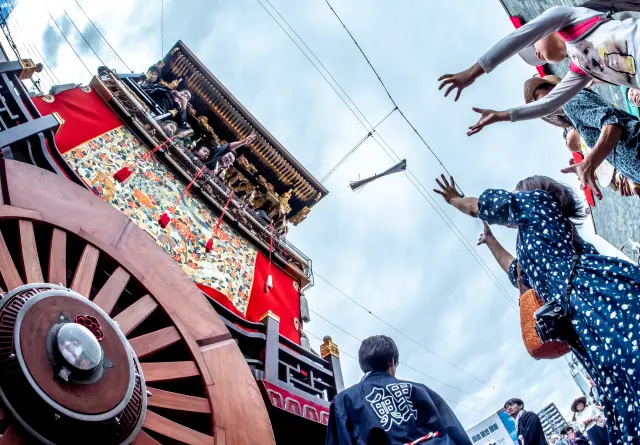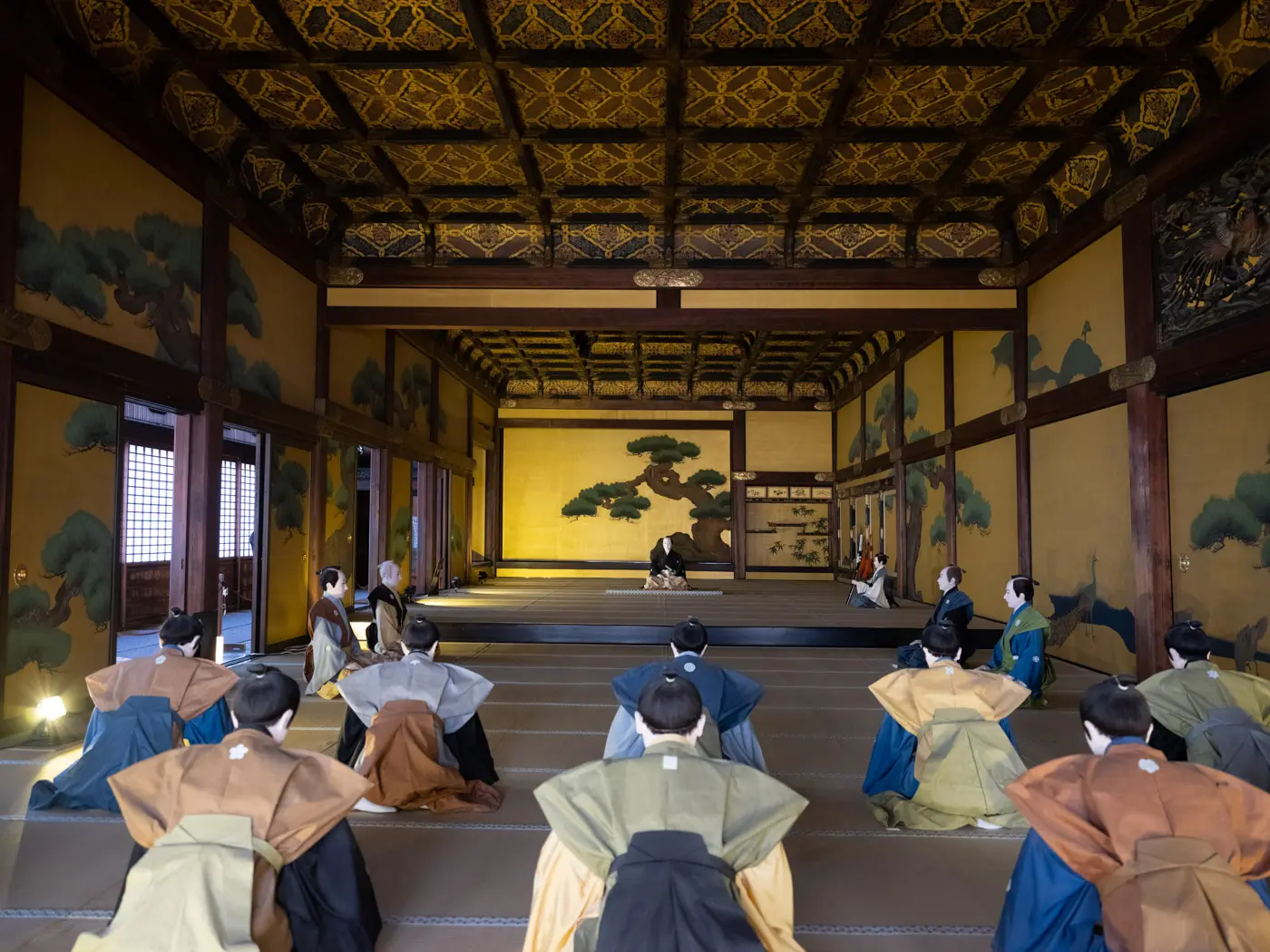
Castles of Tokugawa Ieyasu
Last update
Following Hideyoshi’s death, Ieyasu emerged as the most powerful leader in Japan. After his victory at the Battle of Sekigahara, he constructed the current Nijo-jo Castle in Kyoto. Later, the Osaka-jo Castle we see today was rebuilt by his son, Tokugawa Hidetada, over the ruins of Hideyoshi’s original.
This time, we will introduce two castles associated with Tokugawa Ieyasu.

Nijo Castle
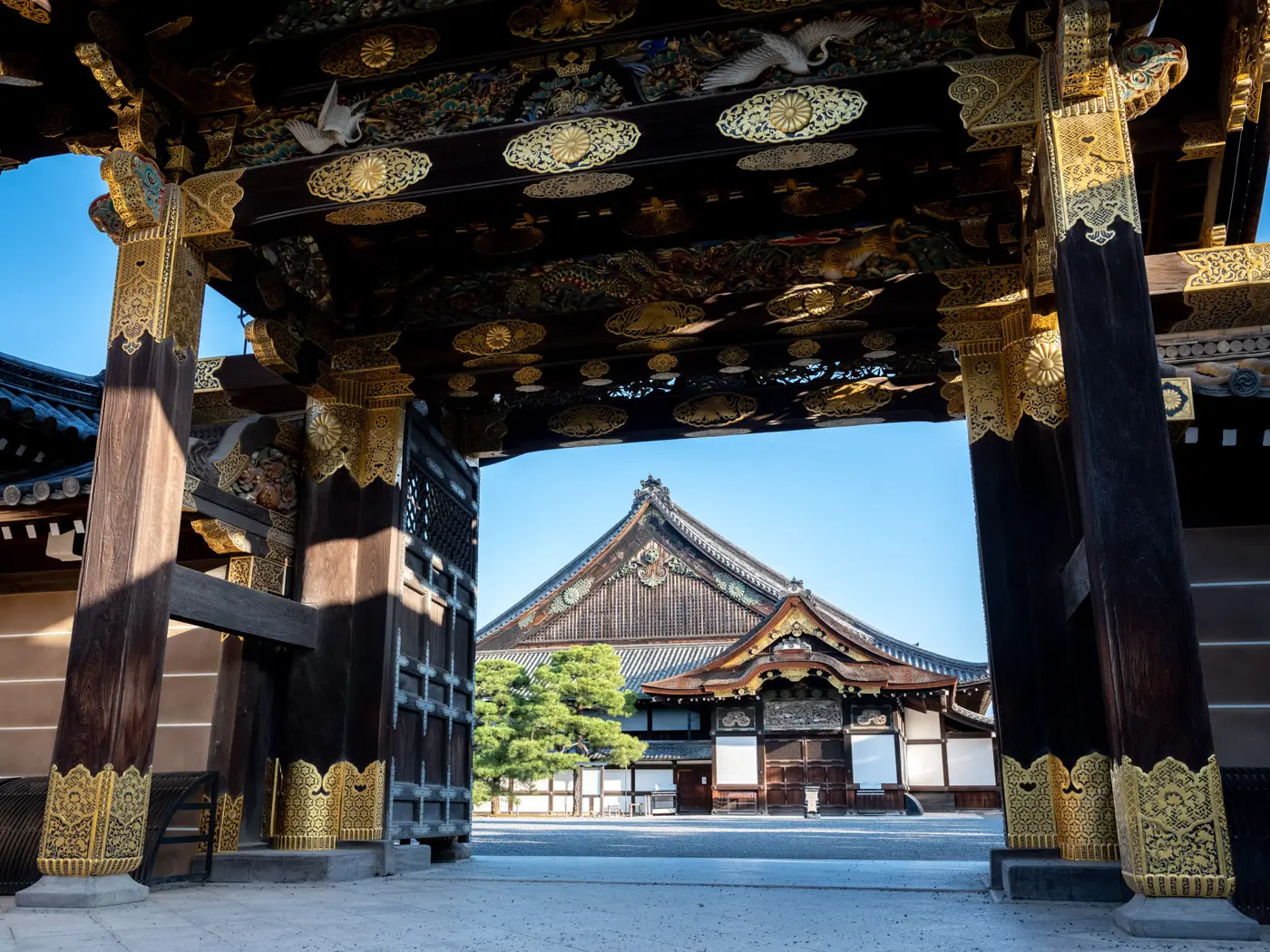
Tokugawa Ieyasu won the Battle of Sekigahara and became Shogun, ruling Japan in both name and reality. Nijo Castle was built in 1603 to protect the Imperial Palace and as a place for the Shogun to stay when he visited Kyoto. Later, in 1867, Nijo Castle was also where the 15th Shogun, Tokugawa Yoshinobu, declared his intention to return power to the Emperor, signaling the end of the Edo period. Incidentally, Ieyasu only built the area around Ninomaru Palace. It was during the Kan'ei period that Nijo Castle took on its current appearance, including the castle tower and Honmaru Palace. Tokugawa Ieyasu's son Hidetada and grandson Iemitsu carried out extensive renovations to welcome Emperor Gomizunoo.
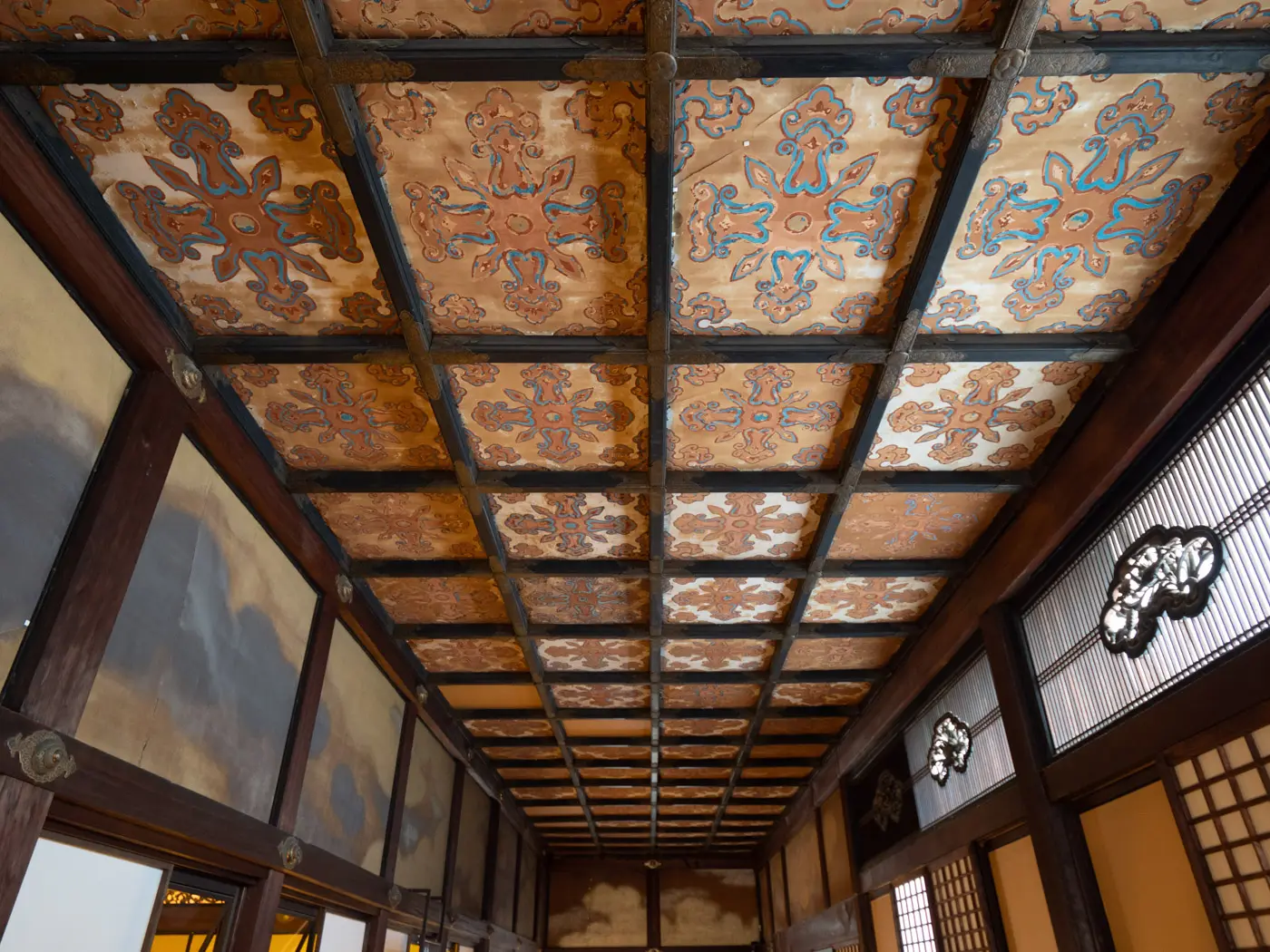
Basic information:https://www.the-kansai-guide.com/en/directory/item/10044/
Fushimi Castle
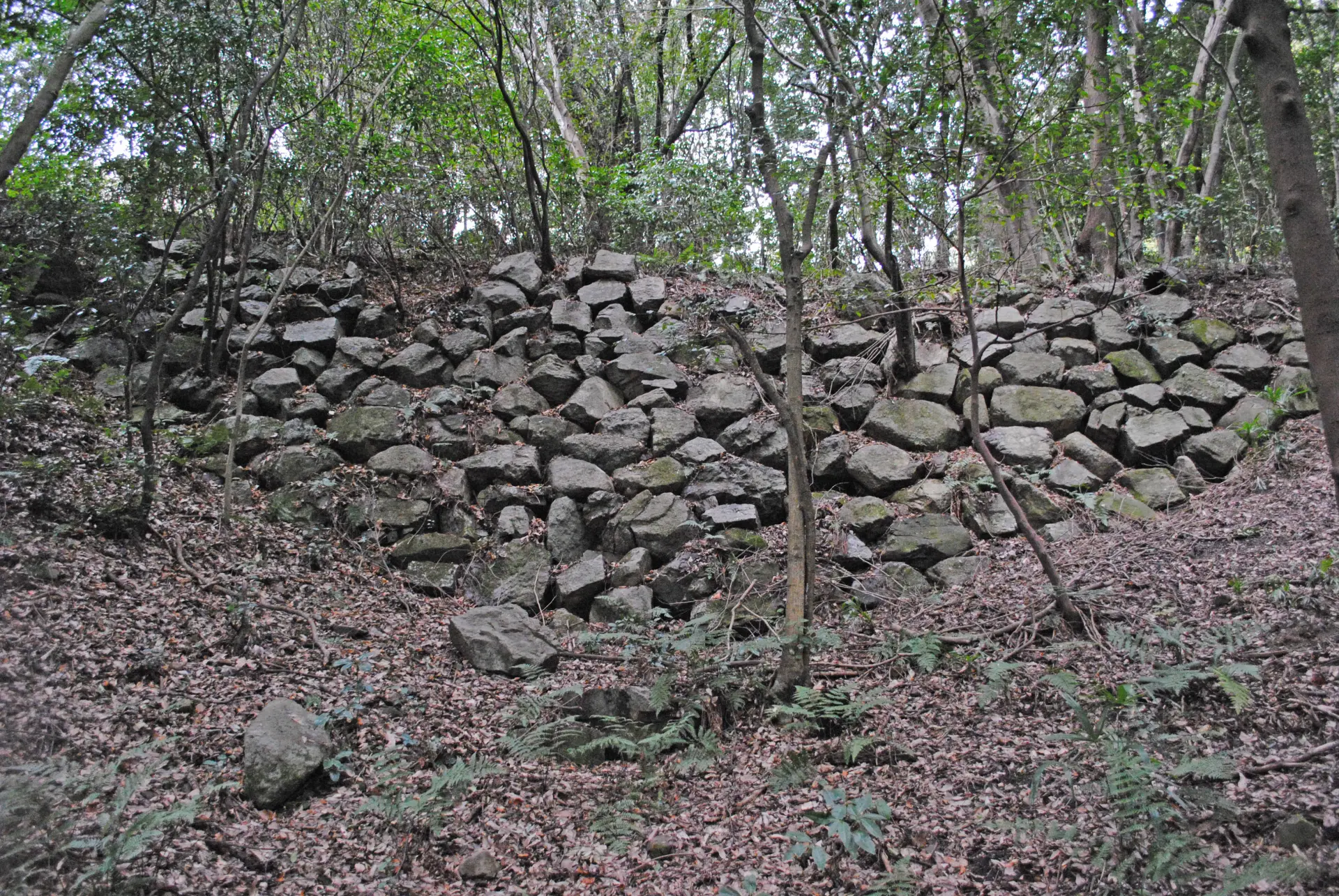
Fushimi has been a strategic point connecting Kyoto and Osaka since ancient times. Toyotomi Hideyoshi built Fushimi Castle here in his later years. After Hideyoshi died, Tokugawa Ieyasu moved into the castle, but it was attacked by Ishida Mitsunari and burned down during the Battle of Sekigahara. Around 1602, Ieyasu rebuilt Fushimi Castle three times. Until it was abandoned in 1623, Fushimi Castle continued to function as the western base of the Tokugawa clan, with three generations of Tokugawas, Ieyasu, Hidetada, and Iemitsu, receiving the shogunate title. The castle ruins are the tomb of Emperor Meiji, and although you cannot enter the central area, you can see the remains of a large moat.
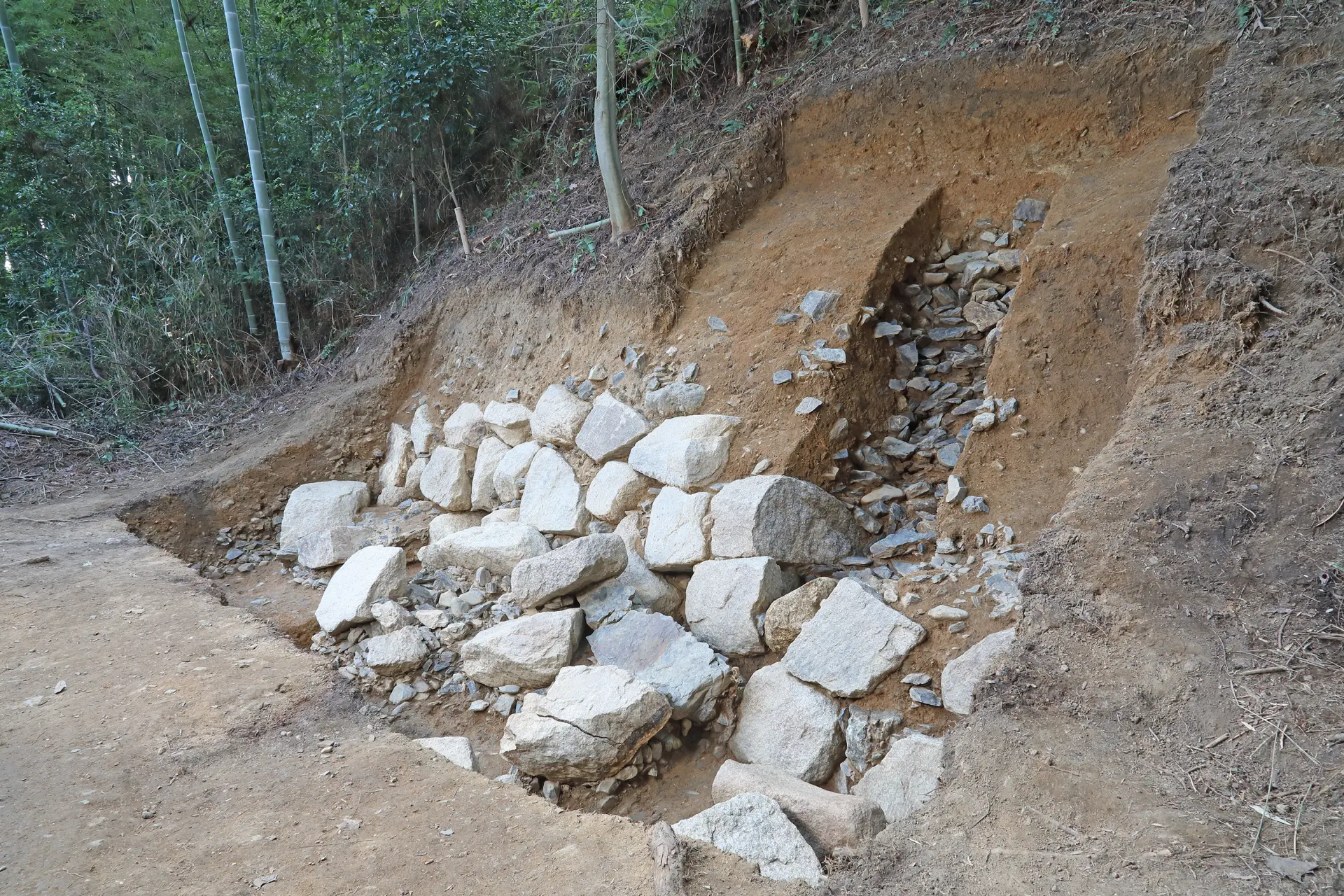
Basic information:https://www.the-kansai-guide.com/en/directory/item/22286/
Check also...

Restrictions on Large Baggage
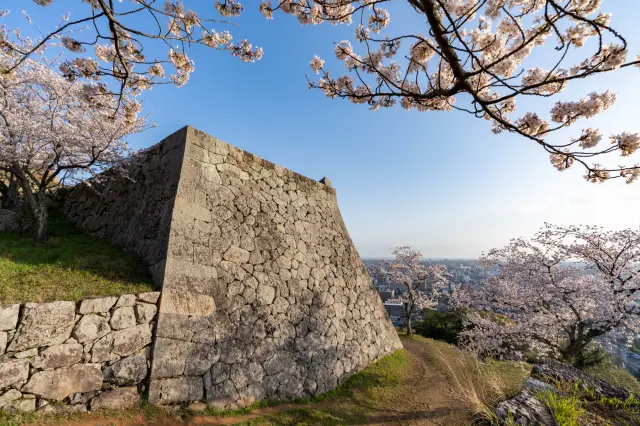
Hidden Stories in Stone: Exploring Japan’s Castle Walls
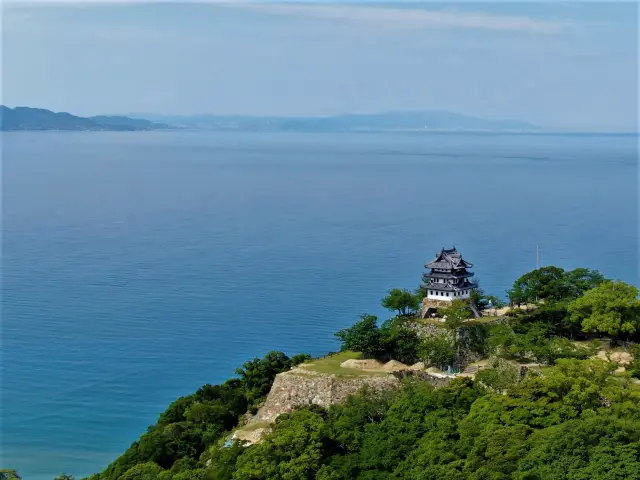
Feel Like a Lord: Castle with Stunning Panorama Views
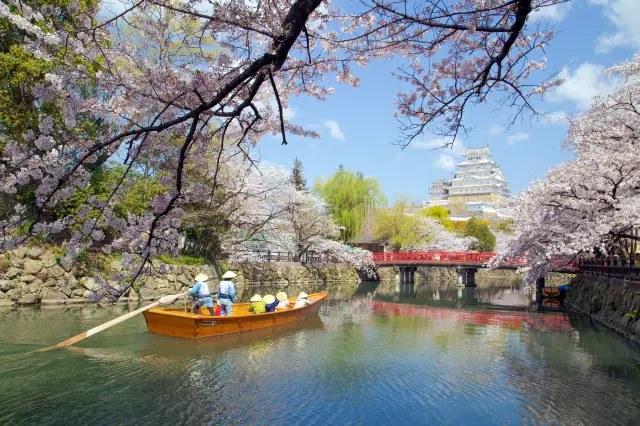
Experience the True Essence of Japan through Castles, Cultural Treasures, and Timeless Gardens
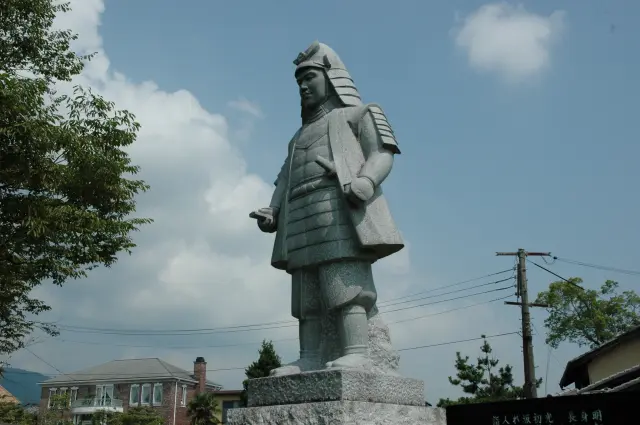
Castles of Akechi Mitsuhide
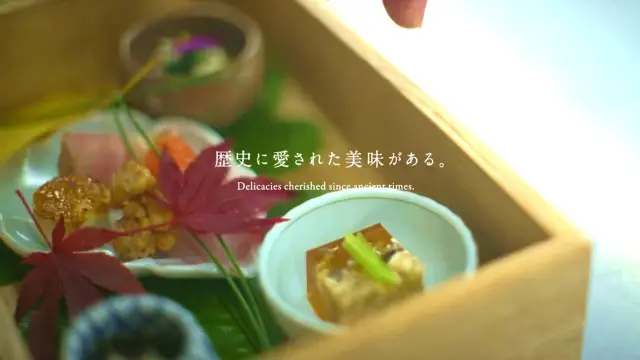
Royal Food of Japan MIKETSUKUNI~Delicacies cherished since ancient times~

Kyoto: A Journey Through Japanese Gastronomy
